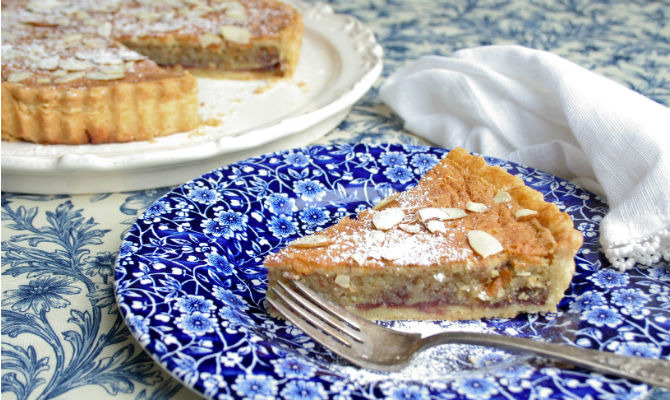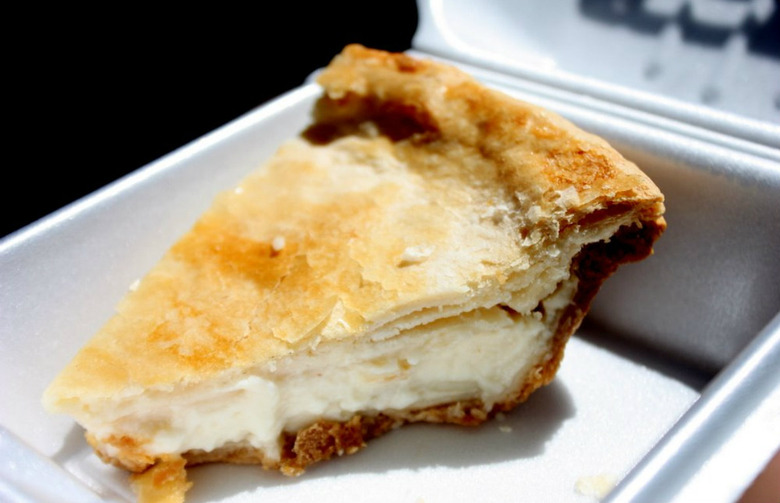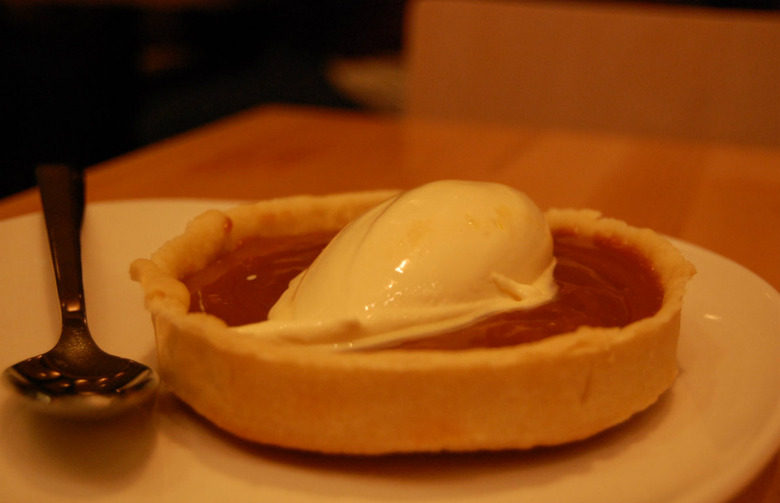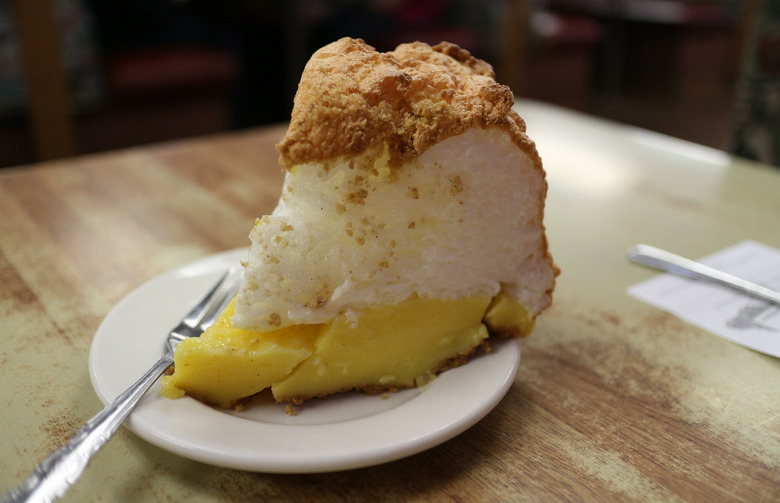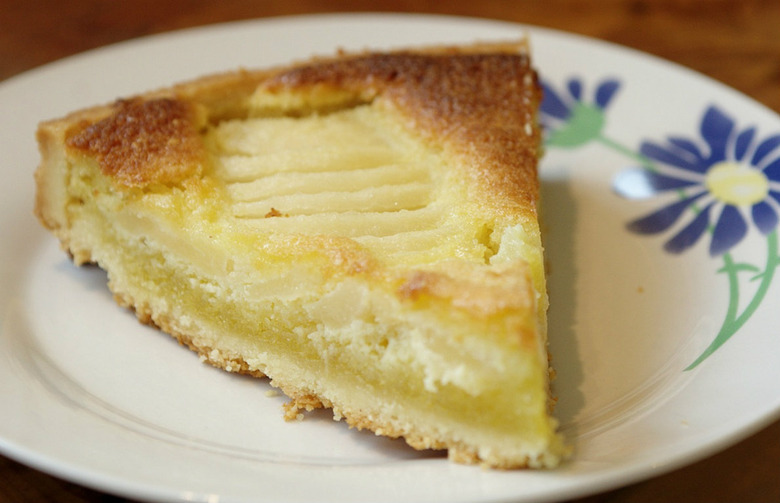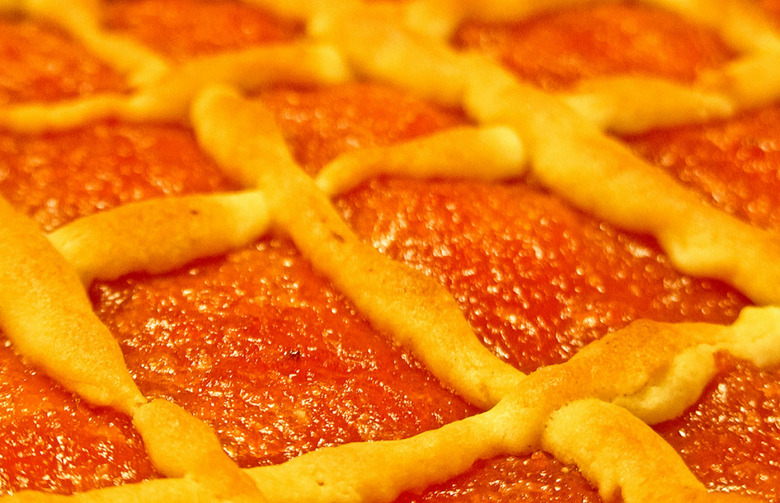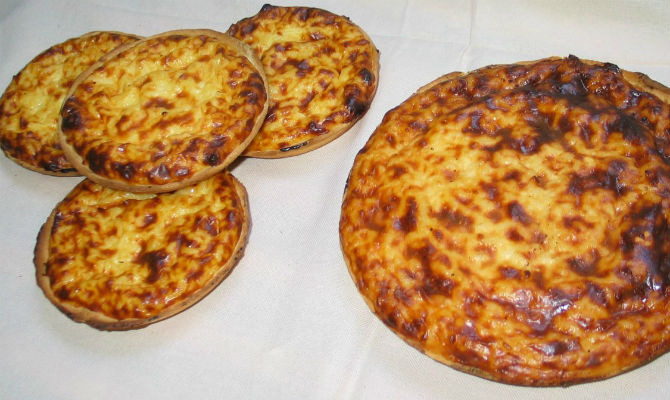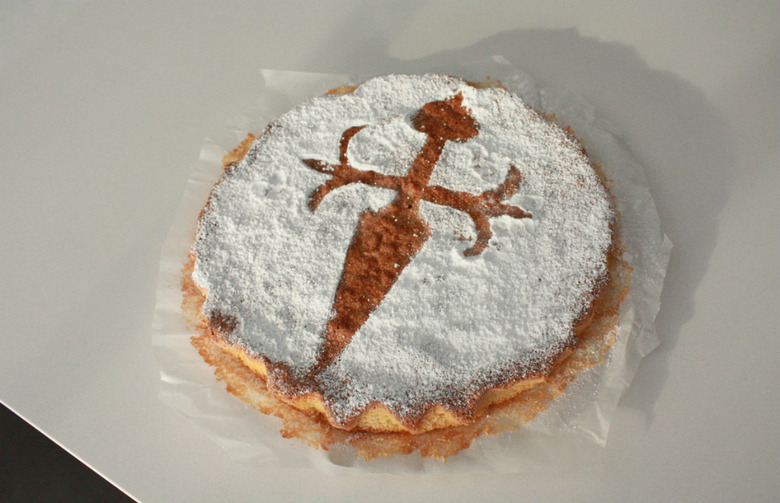9 Not-So-All-American Sweet Pies From Around The World
Despite the term "sweet as pie," pies are one of the most versatile dishes in the world; they can be sweet, savory, or both. But there is something special about sweet pies. They are so pretty to look at, and they work as decadent desserts or afternoon snacks. Most of all, sweet pies are almost always made for sharing. Tell your sweet tooth to watch out: here are nine delicious pies from around the world.
Bakewell Tart (United Kingdom)
This English tart consists of shortcrust pastry with a layer of jam and almonds fashioned into a sponge-like consistency (frangipani). A variation of the pie called "cherry bakewell" is similar, except the frangipane is covered with fondant and a candied cherry. You can try making a traditional one, or shake things up with raspberry and burnt cream.
Buko Pie (the Philippines)
Buko pie is similar to coconut cream pie, but it uses fresh young coconut and swaps cream and meringue for condensed milk. It is said to have been invented in the province of Laguna by a woman named Soledad Pahud, who returned to the Philippines after working as a maid in the United States. She wanted to make apple pie, but due to the lack of readily available apples, she improvised and used young coconuts instead. Pahud still sells buko pies at the Original Buko Pie Bakeshop in Laguna. Advanced blast freezing technology has let the pie, previously very difficult to get outside the Philippines, be available for sale in ethnic grocery stores around the world, which has increased the pies popularity amongst Filipino immigrants and open-minded eaters as well.
Caramel Tart (Australia)
Simple enough, a caramel tart is a sweet tart filled with piped caramel. It's commonly eaten in New South Wales and Queensland, but not in other parts of Australia. For the good old-fashioned kind, you want to go to Queensland's Yatala Pie Shop off Australia's scenic Old Pacific Highway, where they also have a fine selection of savory meat pies.
Egg Tart (Hong Kong)
Originally a Portuguese specialty (pastel de nata) that was introduced to China via the Portuguese colony of Macau, these eggy tarts are supposed to be eaten piping hot. They are so ubiquitous in Macau that many of the colony's cobblestoned streets have a sweet, custardy smell.
Flapper Pie (Canada)
This custard pie, topped with meringue and held in a thin Graham cracker crust, is a staple of Western Canada. The Blackfoot Truckstop Diner in Calgary has been serving the not-too-well-known pie for decades.
La Tarte Bourdaloue (France)
This picturesque tart, with poached pears, frangipani, and crushed macaroons, was invented by the legendary pastry chef Coquelin and named after the rue Bourdaloue in Paris. You can make it at home, or travel to Paris to eat it at Bourdaloue on Rue Bourdaloue.
Pastafrola (Argentina)
Pastrafola is a pie eaten in Argentina, Uruguay, Paraguay, and Greece — it's originally Italian, but it gathered more popularity in Greece and was brought over to South America by Italian immigrants. It has a latticed top with large spaces in between the crosshatches that reveal the filling — popular ones include quince cheese, sweet potato jam, guava, dulce de leche, and strawberry jam. If you're in Buenos Aires, try it at a place that uses the pie as its namesake: La Pasta Frola.
Rijstevlaai (the Netherlands)
Rijstevlaai is essentially rice pudding in pie form. It is native to Verviers, Belgium, but is commonly eaten throughout the Netherlands and parts of Western Germany. You'll find it as an after-lunch snack on Sundays, when community gatherings usually take place. The Limburg province in the Netherlands is famous for its large, shallow pies, like this one.
Tarta de Santiago (Spain)
Tarta de Santiago is a pie from Galicia that has been deemed a Galician heritage item by the EU. The simple almond treat is usually flavored just with lemon zest, but other traditional additions include sweet wine or brandy. A typical presentation of this pie, which can also be made without a crust as a cake, includes a topping of powdered sugar in the shape of the Cross of Saint James.

